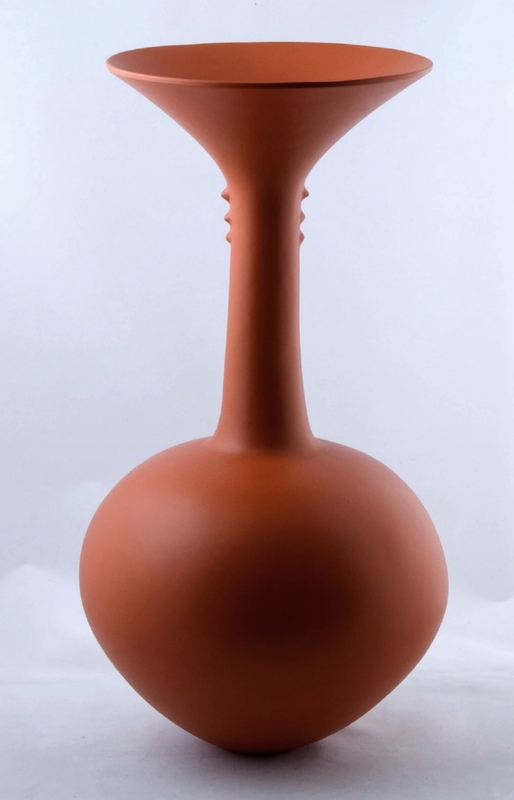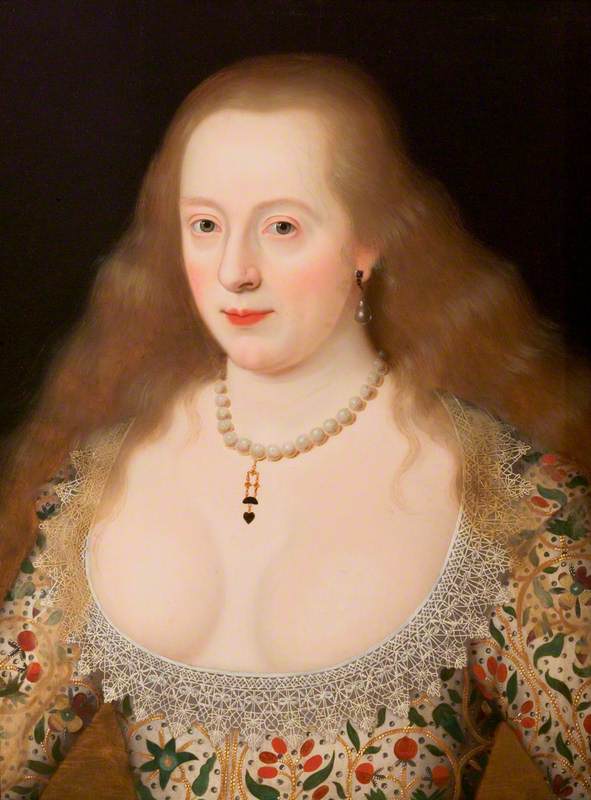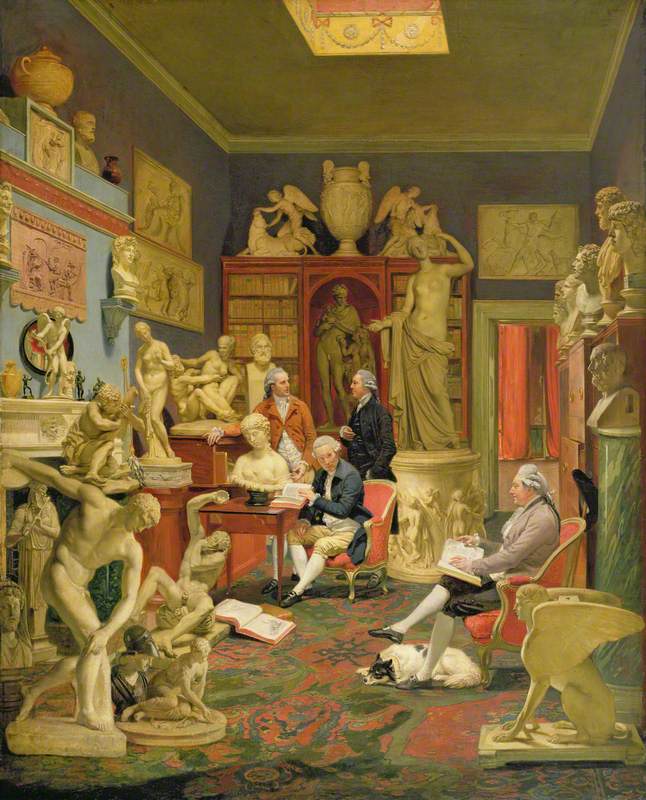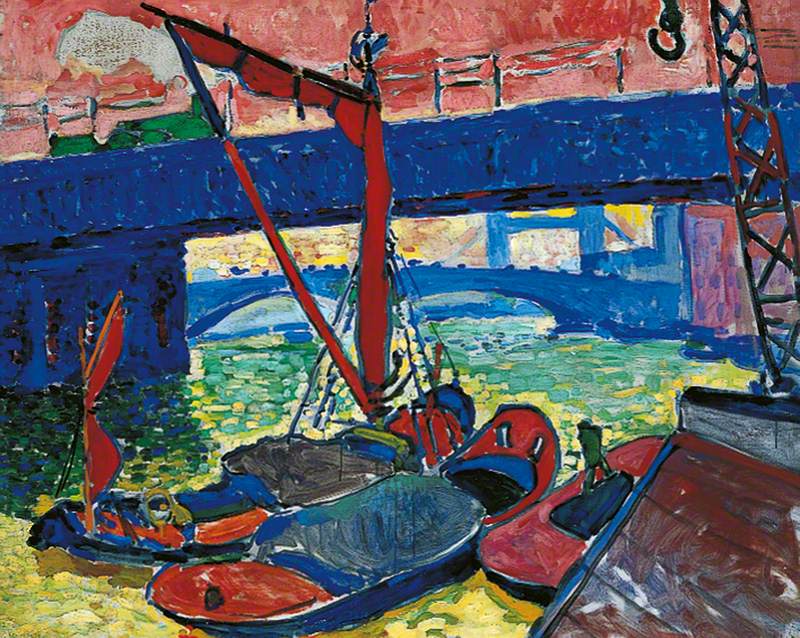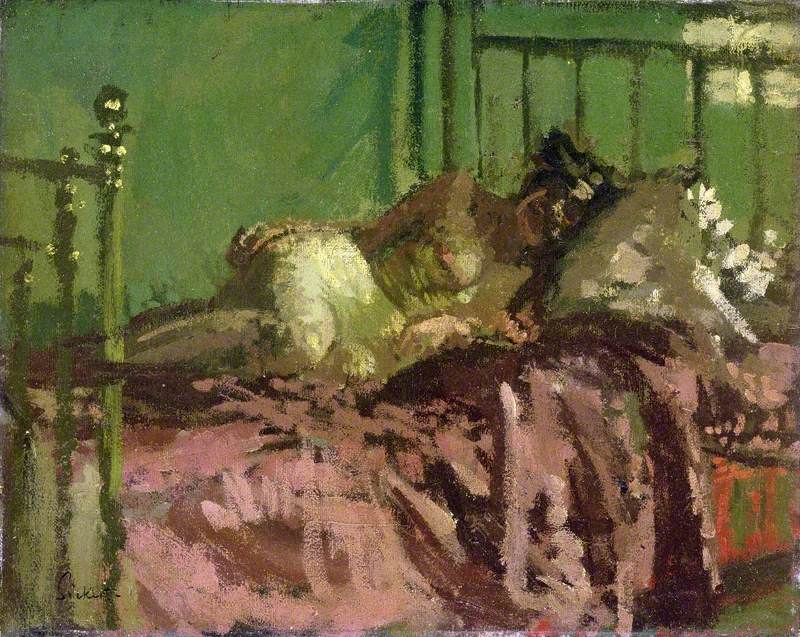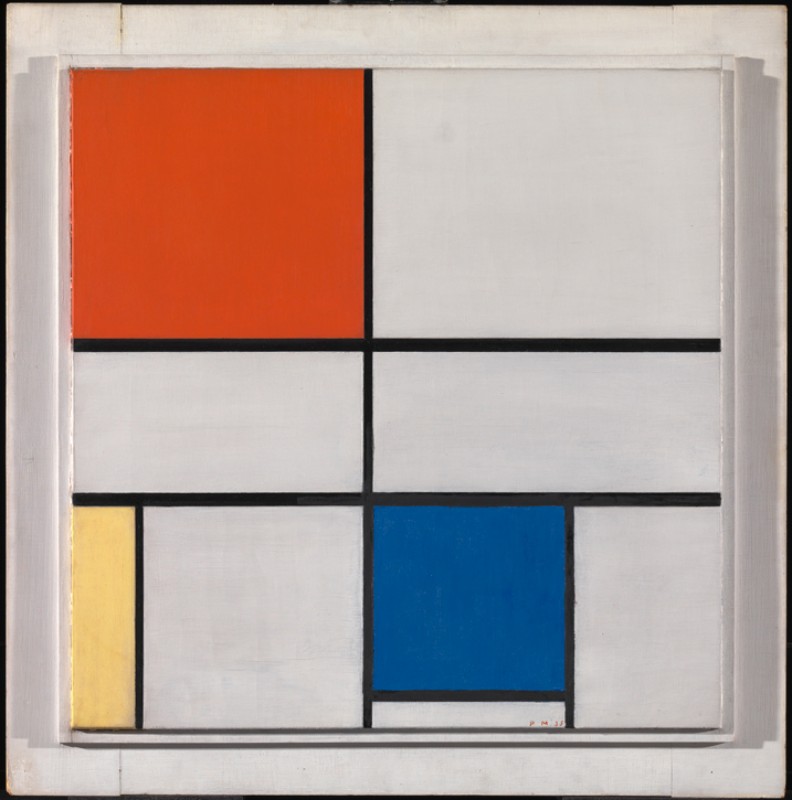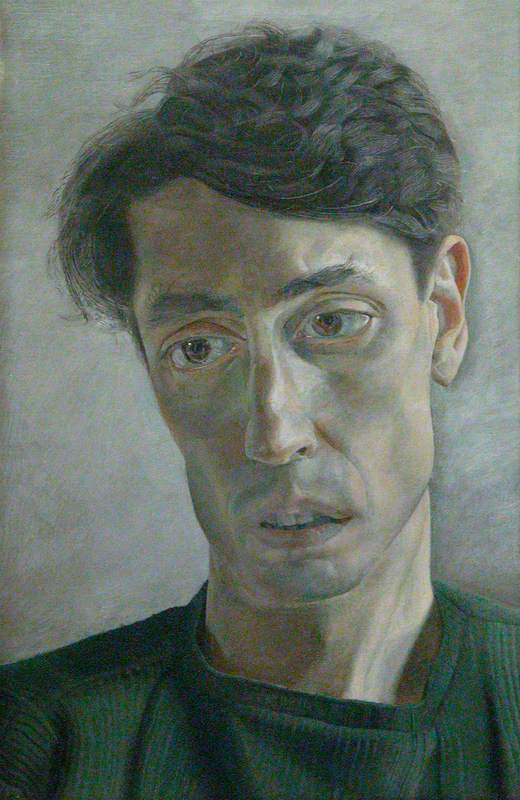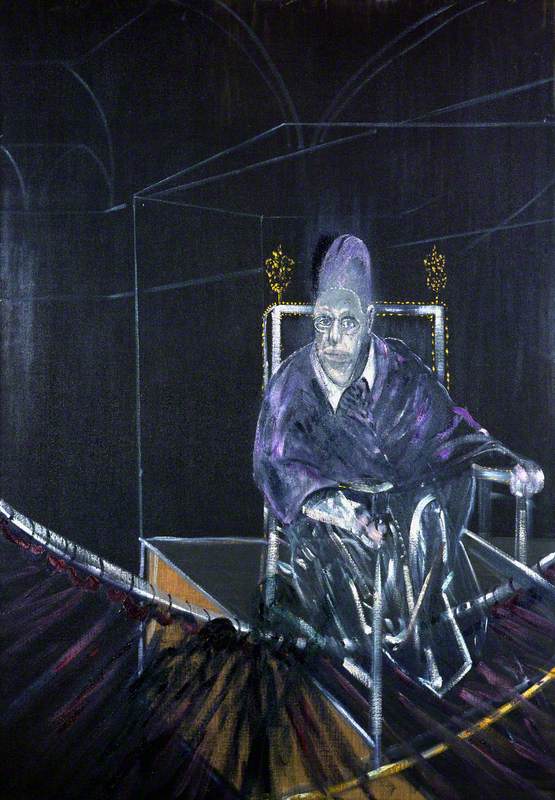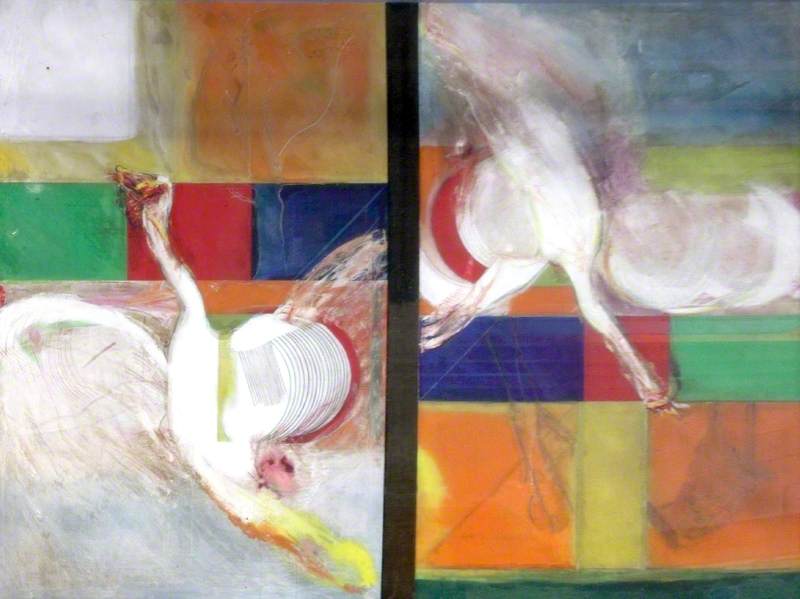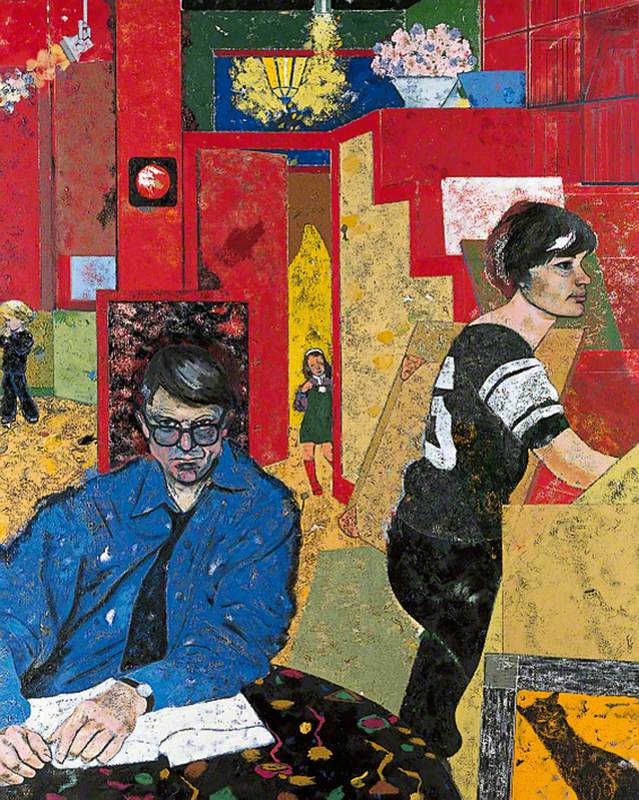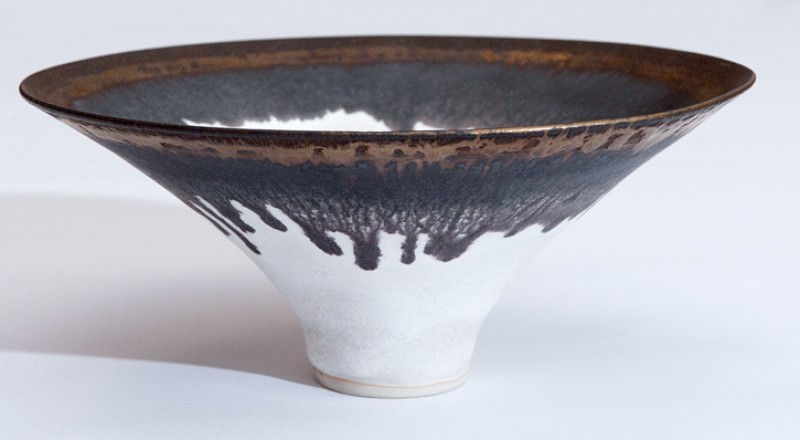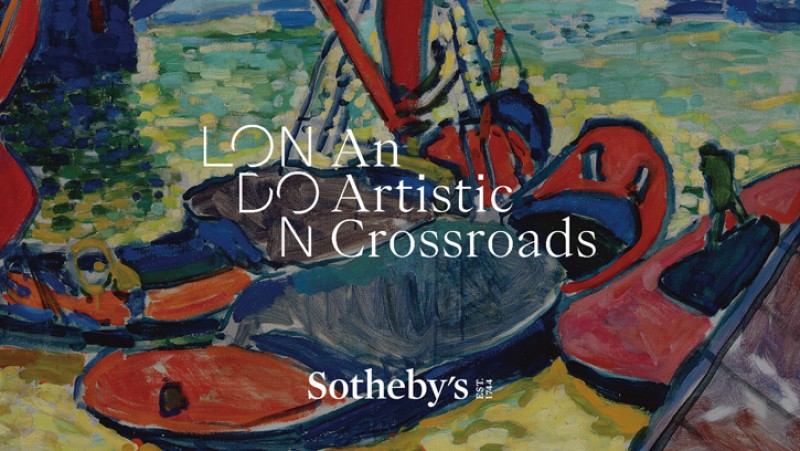Twelve UK museums come together with Art UK and Sotheby's to stage a month-long exhibition celebrating the UK's central role in the creative lives of leading international artists.
The free exhibition 'London: An Artistic Crossroads' is on display at Sotheby's New Bond Street Galleries from 25th May to 5th July 2024.
Magdalene Odundo was born in Kenya in 1950. Her father was a journalist, while her mother studied economics. The family spent time in Delhi but Odundo was mostly brought up in Nairobi and Mombasa. She attended the Kabete National Polytechnic to study Graphics and Commercial Art, before moving to the UK in 1971.
She studied at Farnham in Surrey and subsequently attended the Cambridge School of Art, where she specialised in ceramics. A few years later, while studying in London, she was impressed by the work of Hans Coper, long-time assistant to Lucie Rie. She said: 'My admiration for Coper wasn't particularly because he was producing the sort of ceramics I wanted to make, for I did not want to produce glazed wares, or indeed hard stoneware and high-fired work. What I admired was the simplicity of his forms, his clarity of line, his rhythmical and restrained approach and the fact that he wasn't scared of repetition.'
In 1974 Odundo met Bernard Leach at the Leach Pottery in St Ives, taking inspiration from the way in which he had combined Japanese and European influences in his work. She would develop her own inherently cross-cultural practice by travelling widely and assimilating a broad range of traditions and techniques.
While still at Farnham she visited Uganda and her own native Kenya to research the ceramic techniques of both countries. She also went to Nigeria to study at Michael Cardew's Abuja Centre for three months, and visited Santa Fe in New Mexico to learn from the coiling and burnishing methods of Pueblo women potters.
Odundo was strongly drawn to the ancient coiling technique, by which clay is rolled into a series of long pliable cylinders, twisted into coils, and then layered to make a vessel. It is a process of continual refinement, not dissimilar to that of creating sculpture in the round, which requires the artist to circle each work continually, observing then altering its form by applying pressure with the hand.
It is an inherently tactile technique and the shapes favoured by Odundo often have an anthropomorphic quality, evoking for instance the female body during pregnancy. Likewise, the colours and textures she achieves through firing often have a softness and lustre uncannily close to that of human skin. A partial reduction of oxygen gives the finished work a dark grey or black cast, whereas more air tends to redden it.
The work exhibited here, Tall Burnished Bottle, has been fired in a highly oxidising atmosphere to give it a brilliant surface of gleaming orange.
Its form is that of an archetypal amphora but made to resemble a human being in unexpectedly vivid ways. The clay looks as though it might still be wet, suggesting the sheen of sweat. It has an elegantly flared mouth rising from a narrow neck decorated by three dimples or nodules suggesting scarification or other forms of self-adornment.
'The vessel is present from birth to death,' Odundo once said, 'we're brought in through a vessel and we leave in a vessel.'
This particular potter's vessel harks back to the uncanny creations of the Surrealists: Meret Oppenheim's fur teacup springs to mind. The bottle's bowl is like a belly, full and voluptuous. Like so much of Odundo's work, Tall Bottle is an object pregnant with suggestion.
Andrew Graham-Dixon, art historian and broadcaster
The free exhibition 'London: An Artistic Crossroads' is on display at Sotheby's New Bond Street Galleries from 25th May to 5th July 2024
You can download the free exhibition tour within Art UK's guide on Bloomberg Connects
